What should I do about my missing tooth/teeth?
Teeth can have a huge impact on your ability to eat, speak, and smile comfortably and with confidence. If you are missing a tooth, or need a tooth to be removed, there are several options for what to do with the space
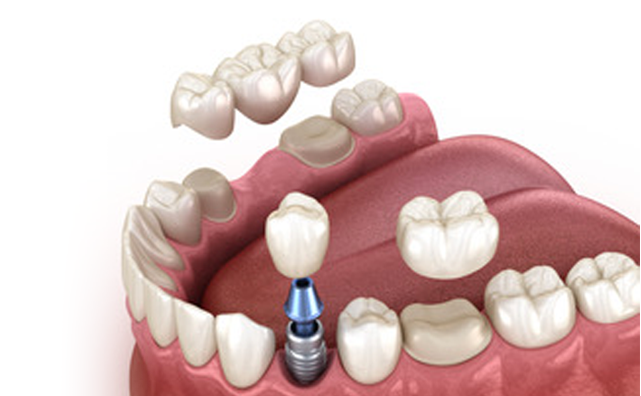
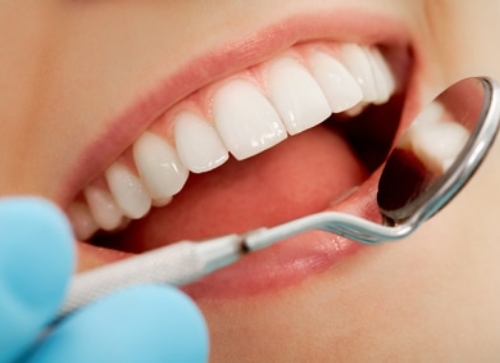
What happens if I leave it?
Not all teeth need to be replaced – some teeth won’t make much difference to your function and smile, such as wisdom teeth (hyperlink). This may not sound like such a good option if it’s a tooth visible in your smile, or if it is a tooth that you use to chew on a lot. In that case, read on to find out some of the ways we can replace missing teeth. It is important to know, though, that if the gap is left as is there may be some consequences for your other teeth, such as ‘tipping’ of the teeth behind the gap or ‘overerupting’ of the opposite tooth (picture).
Implants
Dental Implants (picture, hyperlink) consist of a fixed titanium implant that is placed in the bone, and a dental crown (hyperlink) that is screwed on to the implant. They behave very similarly to natural teeth, stay there all the time, and look great. Much like your other teeth, they do require regular checks and cleans (hyperlink) to make sure the implant and the surrounding gums stay healthy, but generally implants are considered the gold standard of tooth replacement. It does not generally require any drilling of your other teeth and does not rely on your other teeth for support.
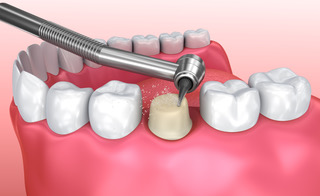
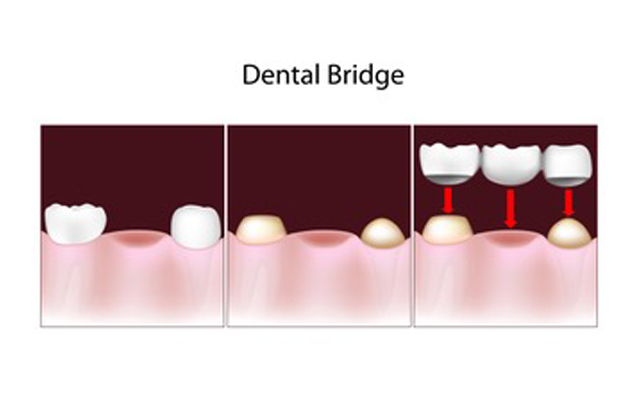
Bridges
Bridges (hyperlink, picture) can be an excellent option to replace a small number of missing teeth. It involves putting crowns on the teeth next to the gap, with a ‘fake’ crown joining the two crowns together. This can be an especially good option if the teeth next door have big fillings, as this means those teeth may benefit from having a crown (hyperlink) to strengthen them.
Dentures
If you have multiple missing teeth, or not enough bone to place an implant, partial dentures (hyperlink) (picture) can be an economical and functional method of replacing teeth. However, they are removable and should be taken out at night, and tend to be a little less comfortable than fixed options like implants and bridges. Depending on which teeth are remaining there may be a small visible metal clasp.
If you are missing all your teeth on the top and/or bottom, full dentures (picture) can be made, or implant-retained dentures (picture) for a more comfortable fit.
If you have an existing denture, you likely won’t need a whole new denture – often we can take a mould and add the tooth that is being removed on to your existing denture, depending on the position of the tooth.
Depending on your situation, there may be a couple of additional options such as orthodontics (Invisalign/braces) to close the space, or some temporary options if you are waiting for healing before starting another treatment, so it is best to discuss your options with us by booking a consult (hyperlink) so we can help you find the option that’s right for you.
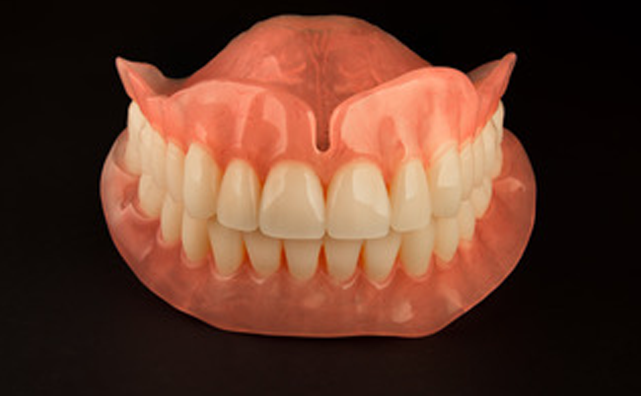
More information on our blog:
Sports Mouthguards
When do I need a sports mouthguard? Mouthguards are recommended for almost all contact sports - for good reason! A broken arm or sprained ankle will heal, but damaged or knocked out teeth can make for a lifetime of needing dental treatment. Depending on your level, we...
Treatment Coordinator
Introducing Zara, our dedicated Treatment Coordinator! Zara became a valued member of the Gungahlin Family Dental team in April 2023, transitioning from a background in Cardiology to embrace the world of dentistry. With enthusiasm and dedication, Zara has immersed...


